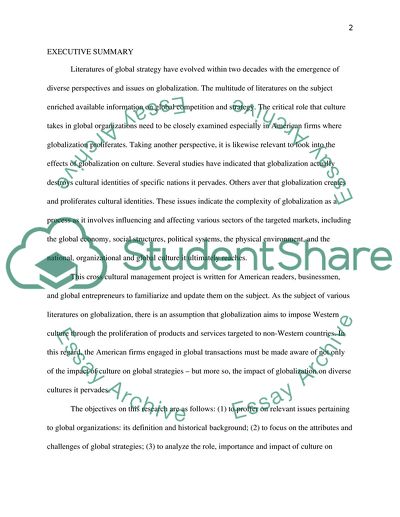Cite this document
(Impact of Culture on Globalization Strategies Essay, n.d.)
Impact of Culture on Globalization Strategies Essay. Retrieved from https://studentshare.org/politics/1733933-impact-of-culture-on-globalization-startegies
Impact of Culture on Globalization Strategies Essay. Retrieved from https://studentshare.org/politics/1733933-impact-of-culture-on-globalization-startegies
(Impact of Culture on Globalization Strategies Essay)
Impact of Culture on Globalization Strategies Essay. https://studentshare.org/politics/1733933-impact-of-culture-on-globalization-startegies.
Impact of Culture on Globalization Strategies Essay. https://studentshare.org/politics/1733933-impact-of-culture-on-globalization-startegies.
“Impact of Culture on Globalization Strategies Essay”, n.d. https://studentshare.org/politics/1733933-impact-of-culture-on-globalization-startegies.


